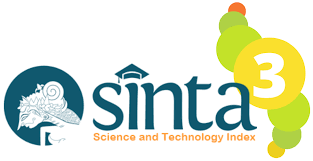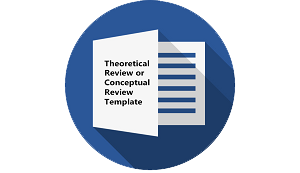ORDER OF DIFFICULTIES ON SIMPLE PAST TENSE MASTERY BY EIGHTH GRADERS OF SMPN 29 SAMARINDA
DOI:
https://doi.org/10.30957/lingua.v13i1.18Keywords:
order of difficulty, Krashen, simple past tenseAbstract
This study is aimed at seeing the order of difficulties on simple past tense based on the level of difficulties of the test items made by the second year students of SMPN 29 Samarinda. This study used descriptive design, the researcher took 100 students as a sample of this study. The research instrument was 40 items test in simple past tense mastery. The study discovered two findings. First, the mastery based on the mean score is 61,75. The score is indicated as a fair level or C score. It means that from 100 students, 35 or 35% failed and 65 or 65% were successful on simple past tense. Second, the order of difficulties on simple past tense was negative sentences is the first order (59.4%), irregular (42.7%), the verb be (37.1%) and  regular (14.8%).Downloads
Download data is not yet available.
Downloads
Published
2016-04-03
How to Cite
Mahmudding, M. (2016). ORDER OF DIFFICULTIES ON SIMPLE PAST TENSE MASTERY BY EIGHTH GRADERS OF SMPN 29 SAMARINDA. LINGUA: Jurnal Bahasa, Sastra, Dan Pengajarannya, 13(1), 113–126. https://doi.org/10.30957/lingua.v13i1.18
Issue
Section
Articles
License
Authors who publish with this journal agree to the following terms:
- Authors retain copyright and grant the journal right of first publication with the work simultaneously licensed under a Creative Commons Attribution-ShareAlike 4.0 International License that allows others to share the work with an acknowledgement of the work's authorship and initial publication in this journal.
- Authors are able to enter into separate, additional contractual arrangements for the non-exclusive distribution of the journal's published version of the work (e.g., post it to an institutional repository or publish it in a book), with an acknowledgement of its initial publication in this journal.
- Authors are permitted and encouraged to post their work online (e.g., in institutional repositories or on their website) prior to and during the submission process, as it can lead to productive exchanges, as well as earlier and greater citation of published work (See The Effect of Open Access).















